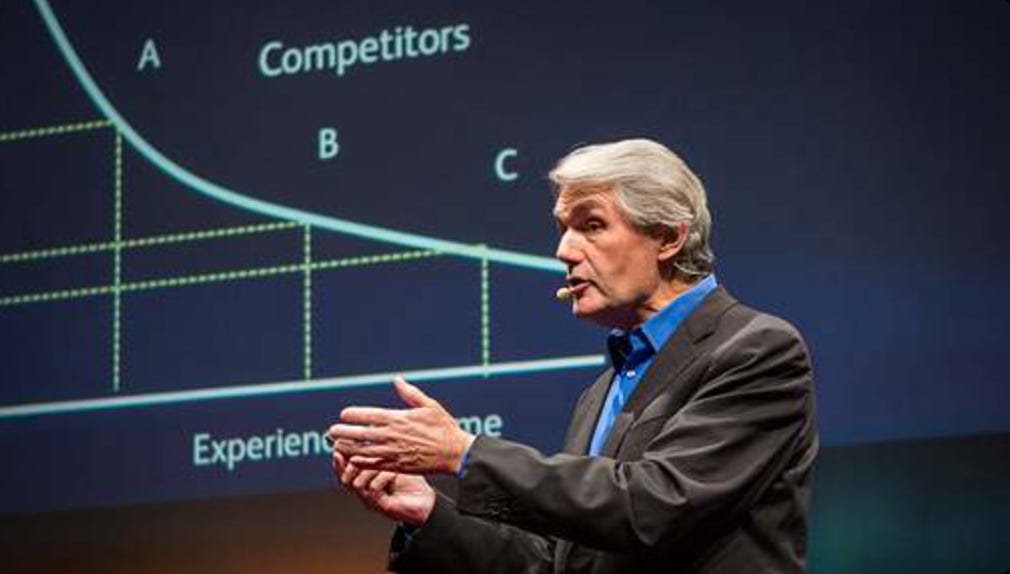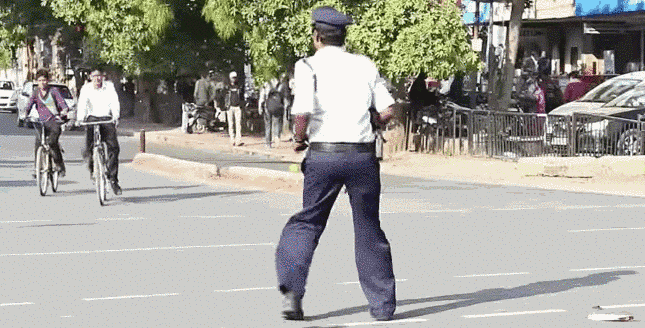Decentralization is a commonly misunderstood concept although it is central to Web3.
In light of the recent crypto meltdown, Solend users – Solana DeFi platform – voted to “grant emergency power to Solend Labs to temporarily take over the whale’s account” in a bid to avoid liquidation chaos. On-chain liquidation of the whale’s “extremely large margin position” (around $20 million in SOL) would jeopardize Solana’s DeFi markets. Doing so over an OTC desk would likely calm the embers.
Ok, let’s step back for a minute…
This is bad. Probably worse than a bank bailout. Imagine you had a bad position in one of your accounts which could put the bank at risk. The bank decides to step in and takes control of your account. Fixes it. And gives it back to you.
Et, voila! The job’s done. Are you happy now, Sir? 😳
But it gets even worse…
The unprecedented governance vote, Solend’s first, highlighted a flaw in Solana’s core design: 90% of the proponents for intervention came from one single address. Solana made claims about being decentralized. How can it be that one address has so much power?
This little drama in the DeFi world goes to show how centralized Solana really is. Completely at odds with what one would expect of an open-source project – especially among the top market caps. Conceptually, crypto is decentralized. Well, the reality can sometimes prove to be somehow slightly different.
I’m an advocate for digital assets but let’s be honest with each other. The promises of freedom and decentralization that crypto can bring about are still very much a work in progress. But let’s not forget how early we are and how big the industry is… already. Always ask yourself how decentralized a project really is!
Back to the dawn of Web2…
Decentralized governance is a very nuanced and complex topic that Web3 has bitten off for itself and starting to chew on! To a certain extent, Web2 also examined that question. Pre-2000, before the dot-com boom, people thought decentralization was going to blow apart large corporations and even governments. Quite the contrary. We ended up with Apple, Meta, Google, Netflix, etc… it just didn’t work out the way people thought.
Blown to bits, are you sure Philip?
A former professor of mine, once a BCG consultant told us a rather interesting story: a colleague of his, a big thinker that goes by the name of Philip Evans wrote a book on how the internet at that time was going to blow all the institutions to bits. Sorry Philip, 20 years later, you got that wrong… that just didn’t happen… it made our institutions way bigger than we could have thought!
Enters Web3, it’s show time!
Now is the time when we really got a shot at this. Let’s play a game together. We’re going to wax a car for a bit to build some muscle mem just like in John G. Avildsen’s movie – the Karate Kid.
The secret to Karate lies in the mind and heart. Not in the hands.
So, here’s our little game to better grasp the value of decentralization.
Traffic lights🚦 vs. 👮♀️ traffic cops
I was in Latin America a few years back and instead of having traffic lights, in some cities, you would have traffic cops managing one intersection. Say, the cop didn’t show up for work, it was a complete organic mess. But somehow it works! The starting point of anarchy is when drivers can drive on unregulated roads with neither traffic lights nor traffic cops. You need some solid nerves to drive there.
Take India. There’s no one to enforce the rules and traffic flows very well, actually! Drivers would be left with no choice but to apply their own local rules. Obviously, the issue is a low degree of safety. The likelihood of accidents gets higher. As a result, people can get injured if not killed. Overall, coordination failures are substantial. So, why would the local authority stand for such a system? The short answer: it works because it’s part of their training as a driver.
What is the relative level of decentralization?
Traffic lights are fully automated. Whether they rely on sensors or timers – often, a combination of both – a central authority has designed the protocol which governs their operating system. Essentially, they each follow a set of rules thus making them highly autonomous agents.
Traffic lights are akin to smart contracts – the backbone of decentralized autonomous organizations (DAOs). One major difference, though: while traffic lights’ programs can be edited, smart contracts are immutable. Can’t tamper with… no need to try!
Right, so how decentralized are they? At first glance, rather decentralized but you need to factor in the control center which makes it a centralized system, all in all. To be truly decentralized, such a system would require an adaptative-learning-based engine drawing on Machine Learning (ML) and Artificial Intelligence (AI). We’re moving in the right direction thanks to decentralized governance.
However, in developing countries, in particular Latin America, local authorities could use the traffic light system and the ability to fine users if they got over a red light to purposefully manipulate the timing of red to yellow. Essentially, catching out more drivers and making more money! This builds on the idea that the way the algorithm is written to run those traffic lights (simply, the time red-yellow) suggests a certain level of centralization.
Are traffic cops autonomous agents?
You’re in your car, at an intersection and are asked to stop because a cop says so. If you challenge his call, you’d probably get into trouble – even if you’re in a hurry!
Who controls them? They report to a central authority.
What protocol do they follow? Surely, what their local instructor taught them in class (centralized framework).
Regardless, they have to adapt on the fly and exercise their judgment to facilitate the flow of the traffic (decentralized, in a sense). They each have their own way of going about it. Possibly more room for errors, one could argue. Ultimately, it’s all relative… why is that?
Let’s introduce a concept.
It depends on the scope. You can zoom in/out.
- If you zoom in on this one intersection, this looks highly centralized.
- What happens then if you zoom out – to the wider city?
o Is it more or less decentralized?
I think we could all agree to disagree that it looks even more centralized as we zoom out.
What an amazing nuance, right? In Web3, sometimes, you need to look away from what is actually happening to find out whether something is centralized or decentralized. It’s a matter of perspective. In this case, disaggregating from the individual junction to the wider city. What is the degree of autonomy within the agents themselves? Are these traffic cops all following the same rules (set out by officials) or is each one of them, essentially, behaving like a smart contract?
Let’s hit the road now! 🏎
Those are the premisses of decentralized governance – a core building block of Web3. So, what’s the takeaway? Well, even if projects claim to be decentralized, the reality is somehow complex. We need to ask ourselves to what degree are they really decentralized.
In the Web3 world, decentralization comes from the choice of interactions with smart contracts. It’s almost like driving any road with any set of traffic lights. Together, whether you like it or not, we’re on a path towards a decentralized multi-chain world.









